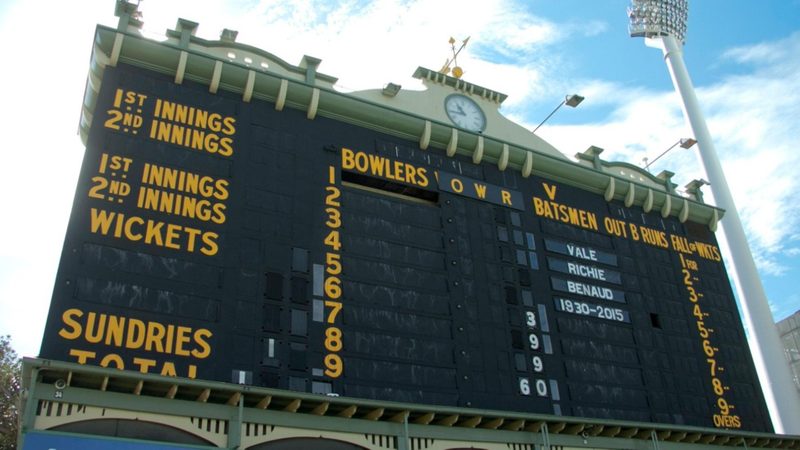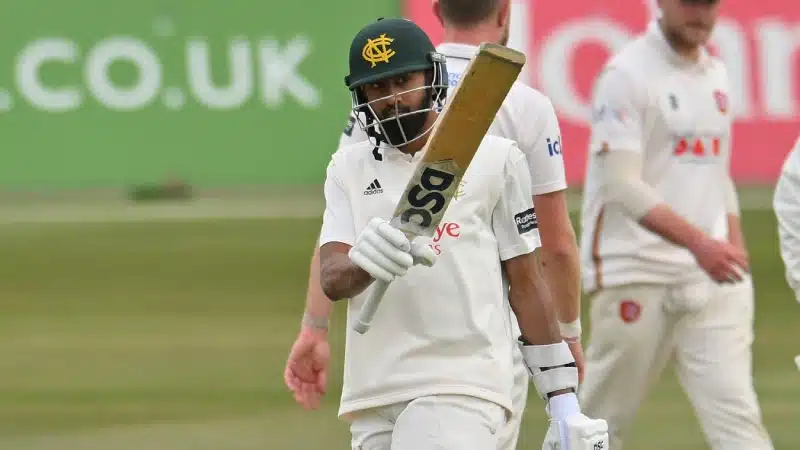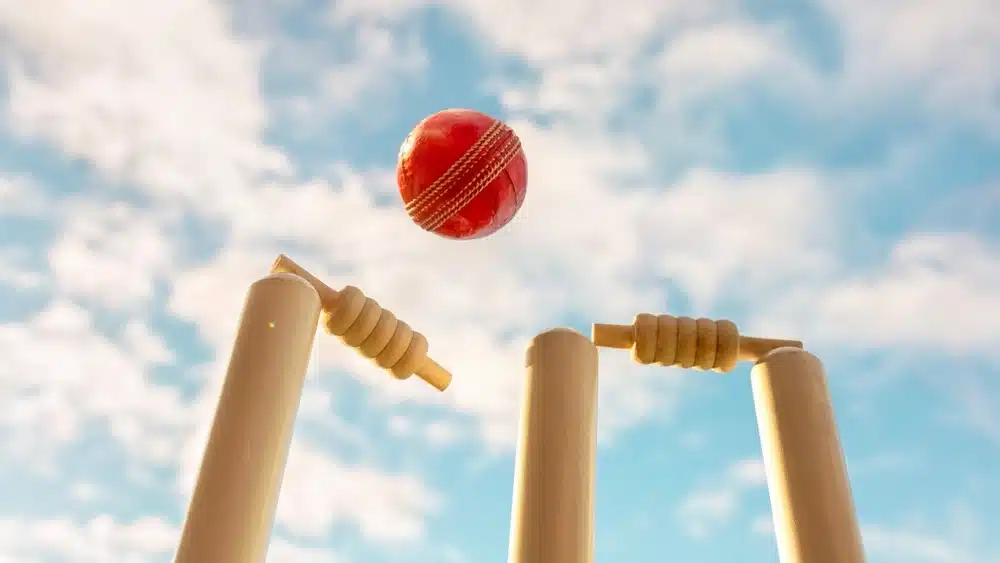
Due to Indian T20 League’s fast-paced and high-octane nature, situations can often spiral out of control very quickly for either a batting or bowling side during the game.
In order to halt the momentum of the team on top during a particular phase of an inning, the team on the back foot can look to slow down the pace of the contest through various tactics. One such method of disrupting the flow of the team on top is using the strategic timeout.
What is a strategic timeout in Indian T20 League?
A strategic timeout is a short break duration in an Indian T20 League match that can be requested by either side to allow a breather for the team and reformulate strategy. After being introduced during the second edition of the Indian T20 League, the strategic timeout has been a constant in every season since.
This halt in play often results in teams on the back foot regrouping while there have also been occasions where this break in action resumes with a wicket falling immediately to swing to the tide of the contest in the direction opposition to which it was prior to the strategic timeout.
How does a strategic timeout work?
There are a total of four timeouts in an Indian T20 League match. Each team can use the strategic timeout twice - once while fielding and once during batting. After a batting or a bowling side asks for a strategic timeout, the on-field umpire points to his/her wristwatch with raised hands to signal the start of a strategic timeout.
Should neither side use the strategic timeout within the stipulated time period, the umpires ensure that the strategic timeout isn’t missed.
How long is a strategic timeout?
A strategic timeout in the Indian T20 League was three minutes long in the last campaign after it was increased from two minutes and 30 seconds ahead of the 2022 season. The bowling team can use the strategic timeout between the sixth to ninth over while the batting side can take advantage of a timeout between the 13th to 16th overs.
If the timeouts are not taken by the captains or teams, the umpire will signal for a timeout at the end of the ninth over or the 16th over depending on which side opted to not take it.
Strategic timeouts were introduced for the first time in 2009. However, a seven-and-a-half minute timeout called once after the 10th over of each inning was deemed to be too long and reduced to two breaks of 2:30 minutes the following year. The timeouts were changed to three minutes last year but the time frame of 2:30 minutes is restored for 2023.
Photo Credit: Alamy




















